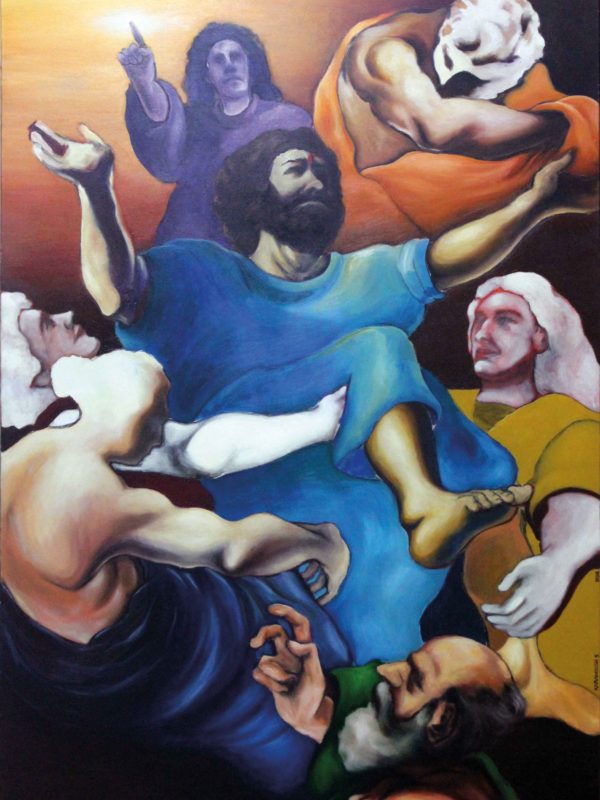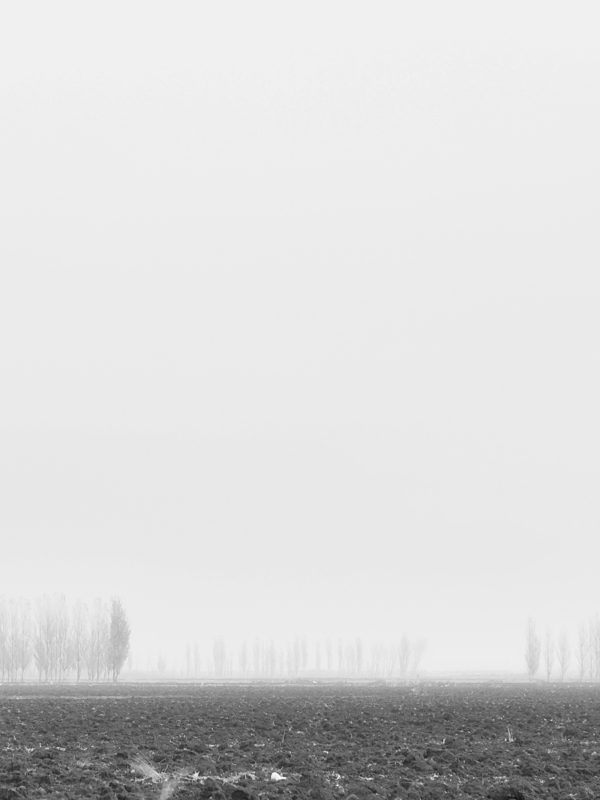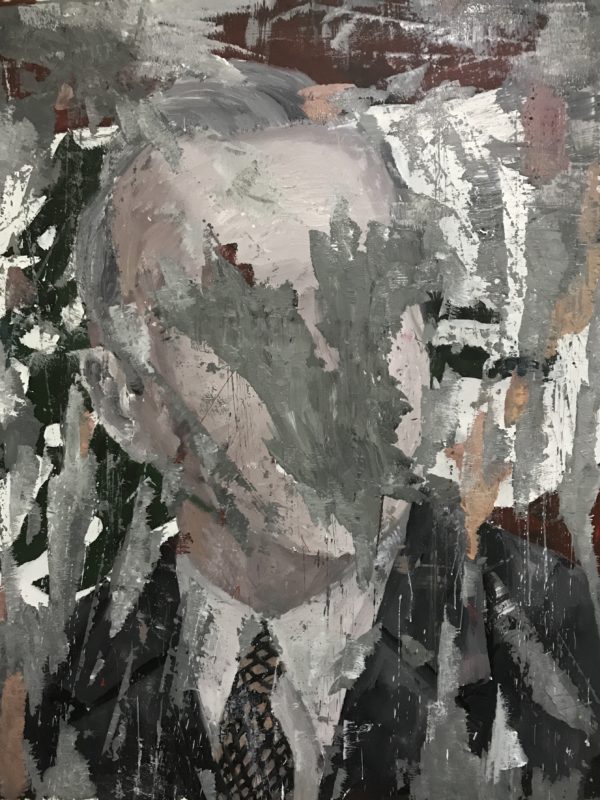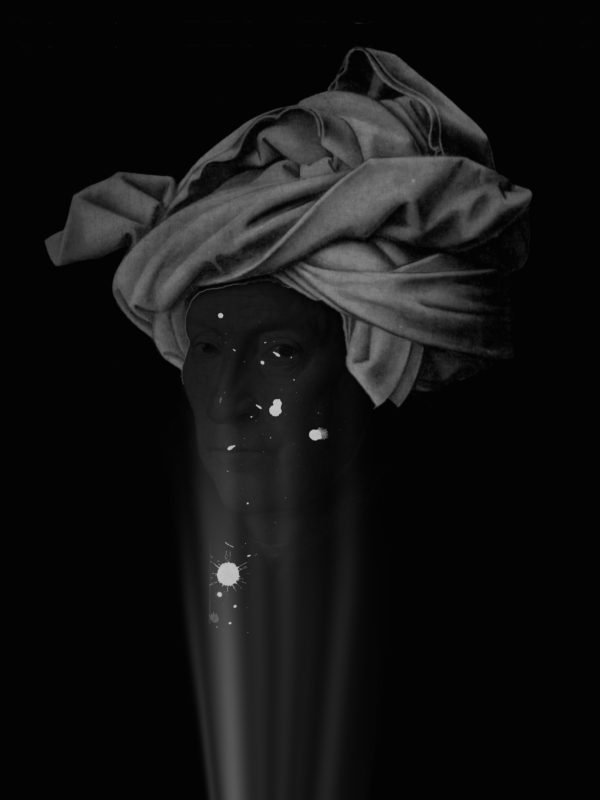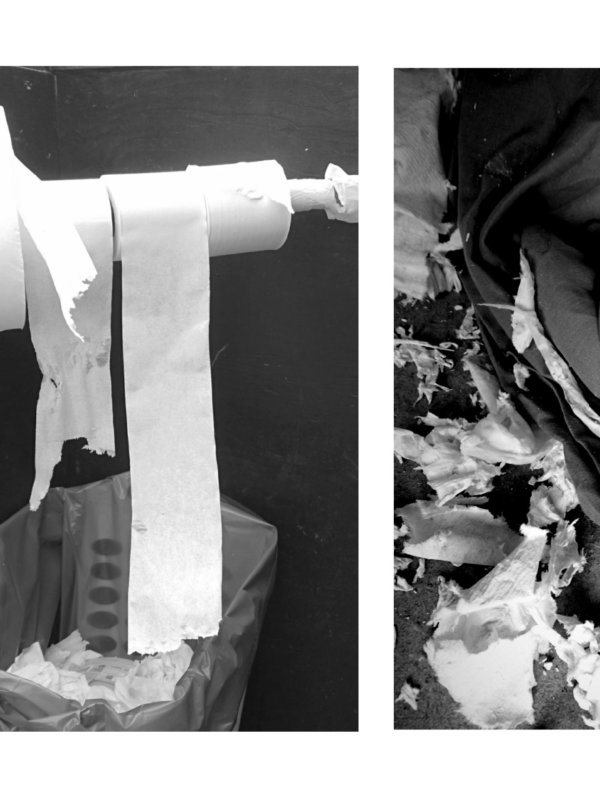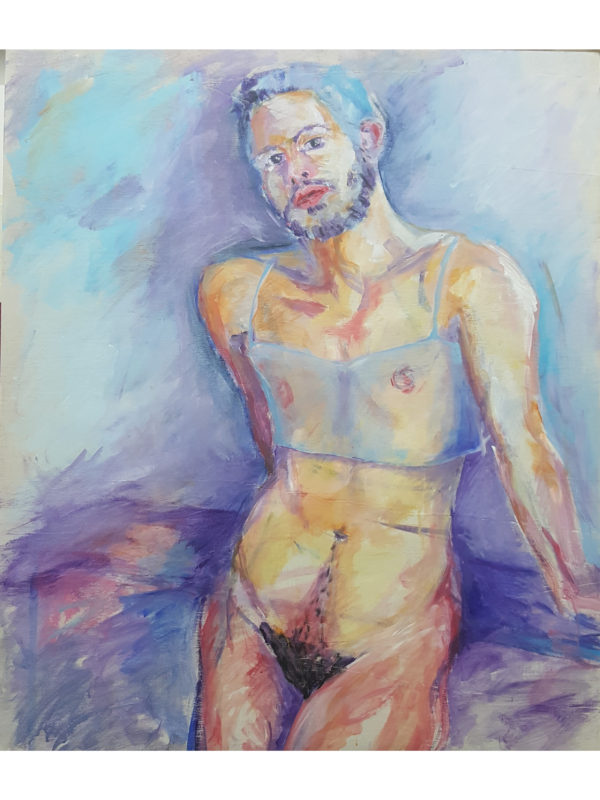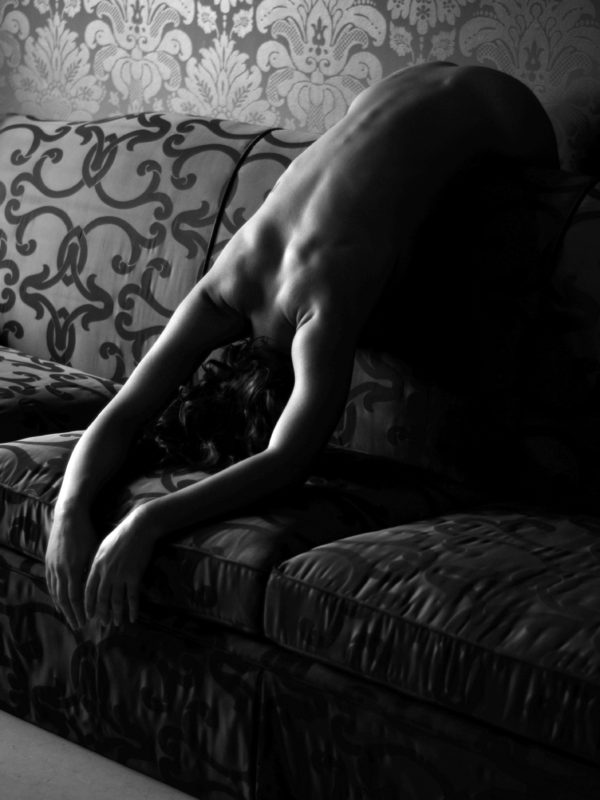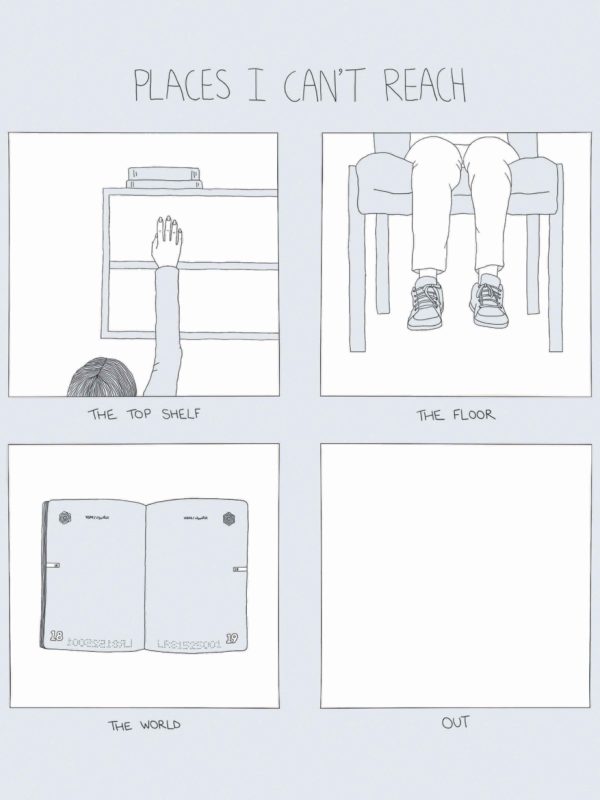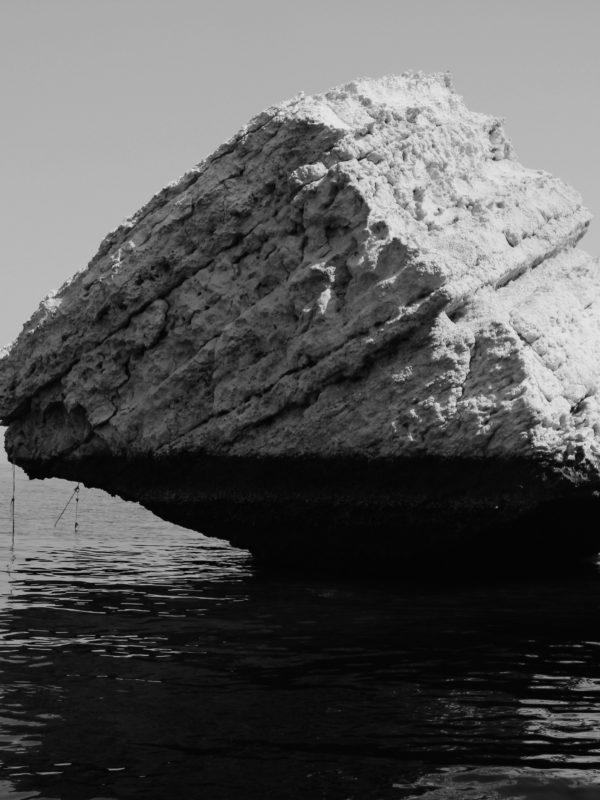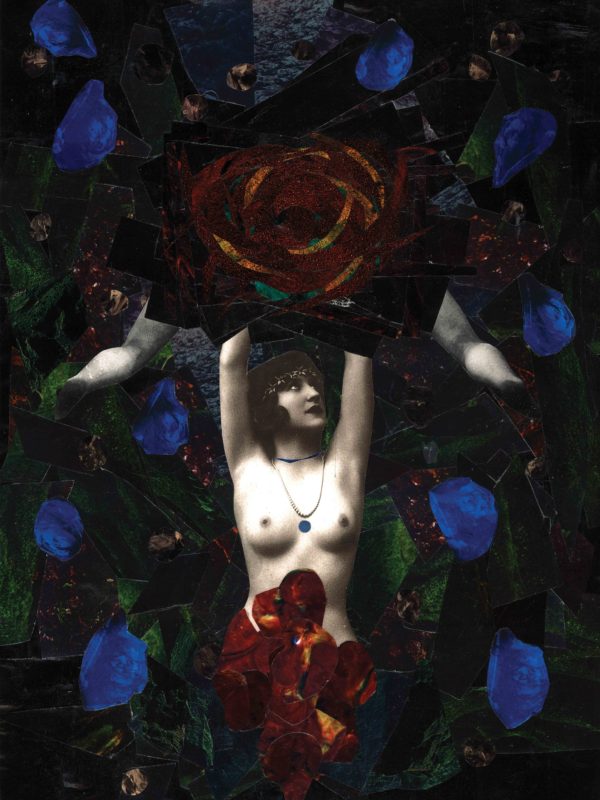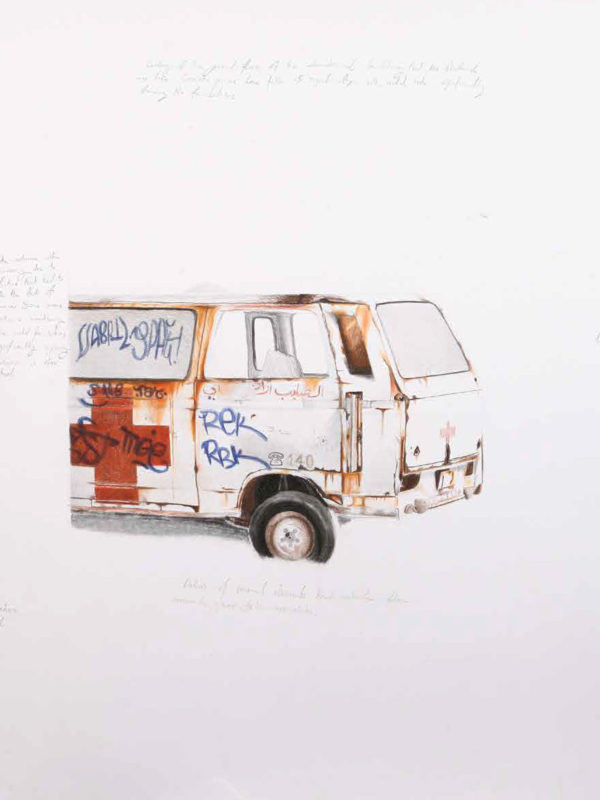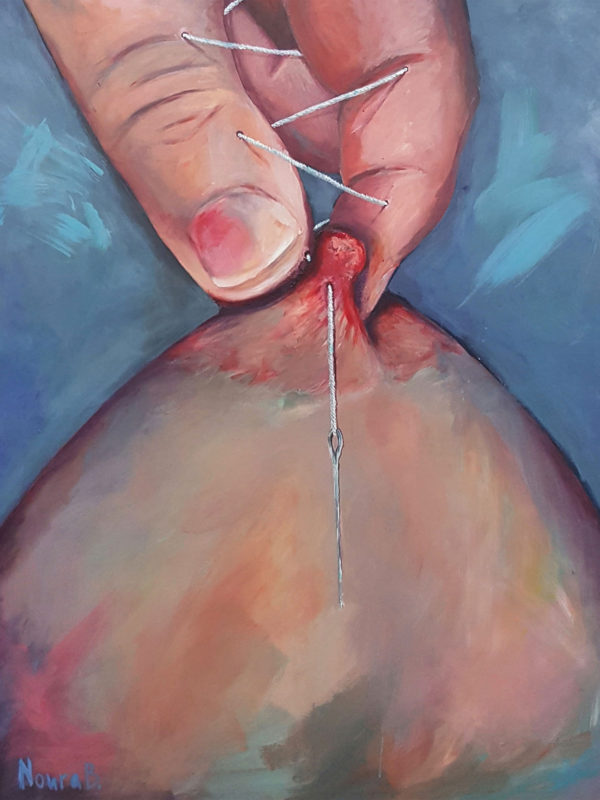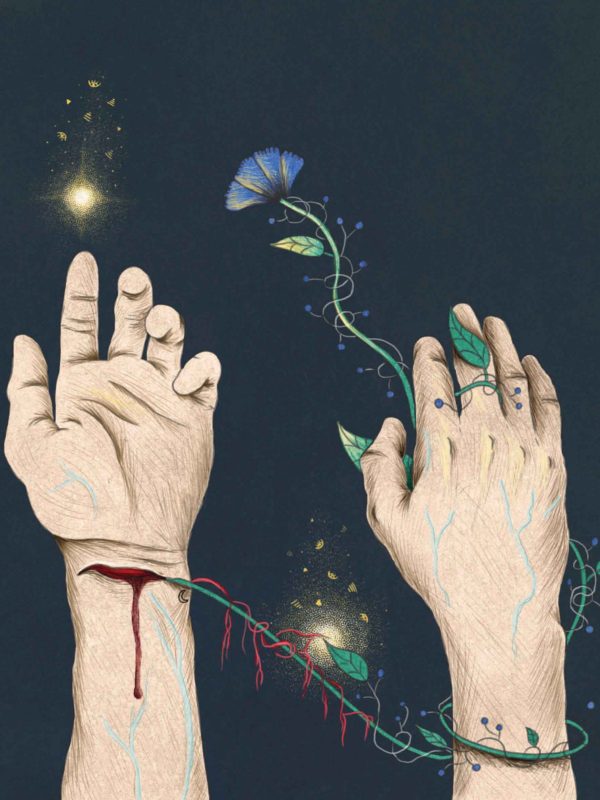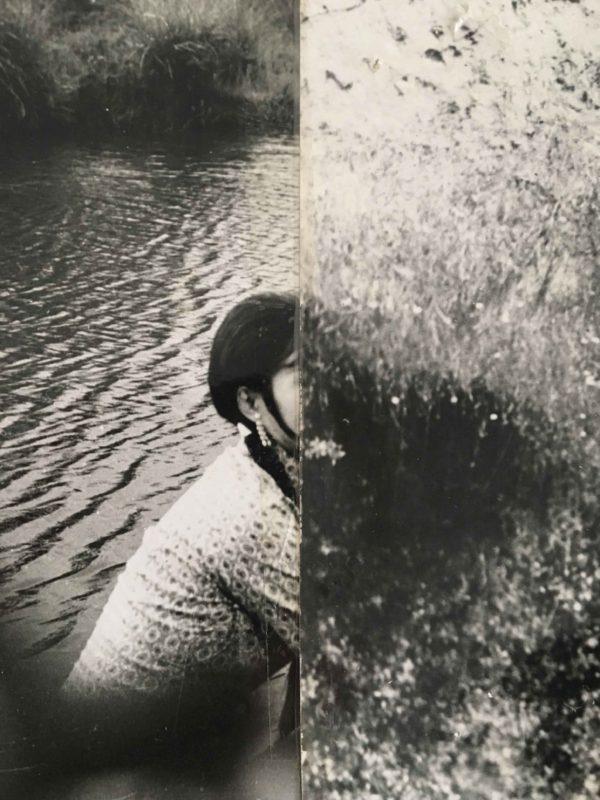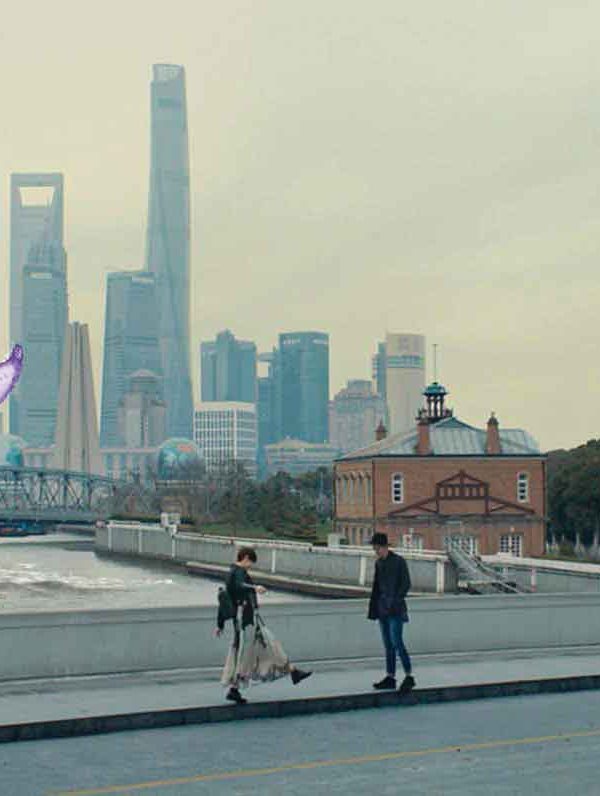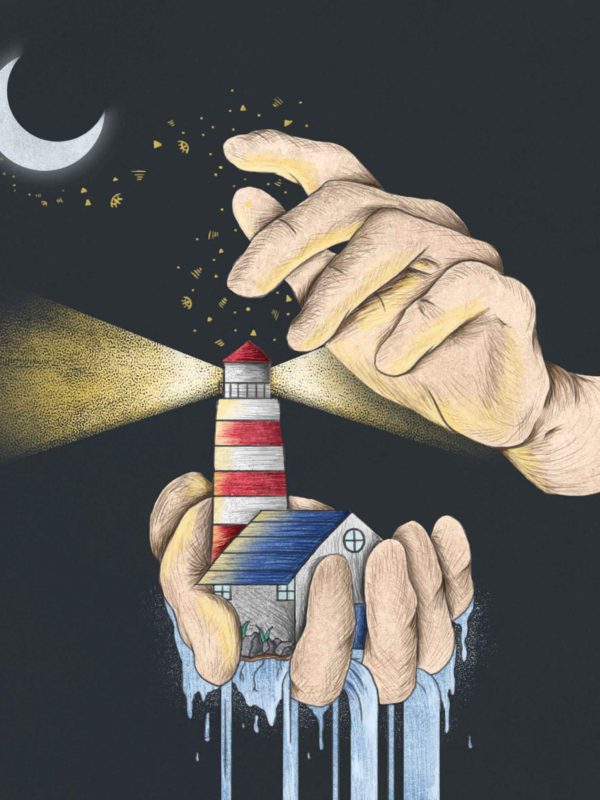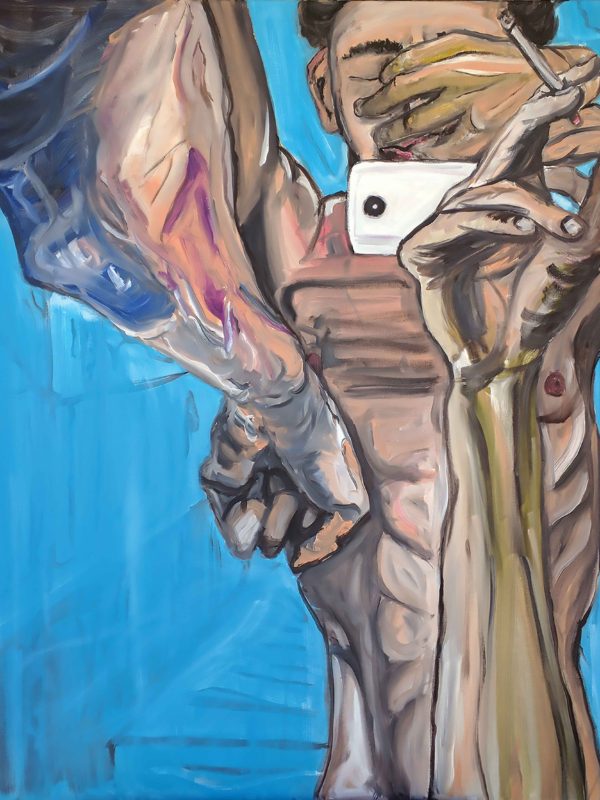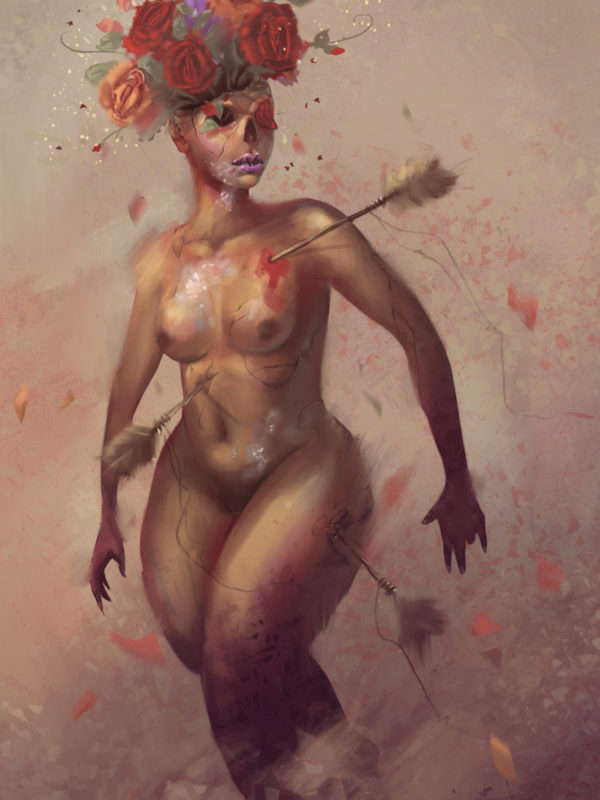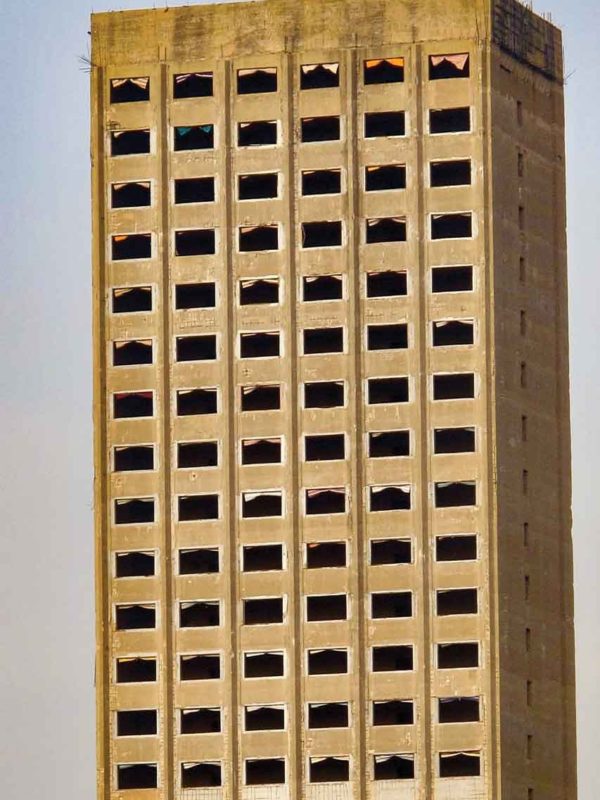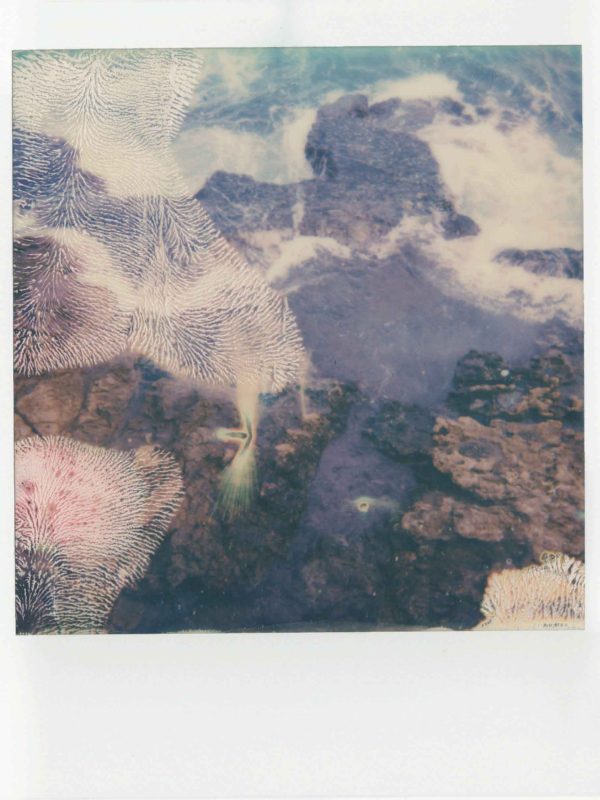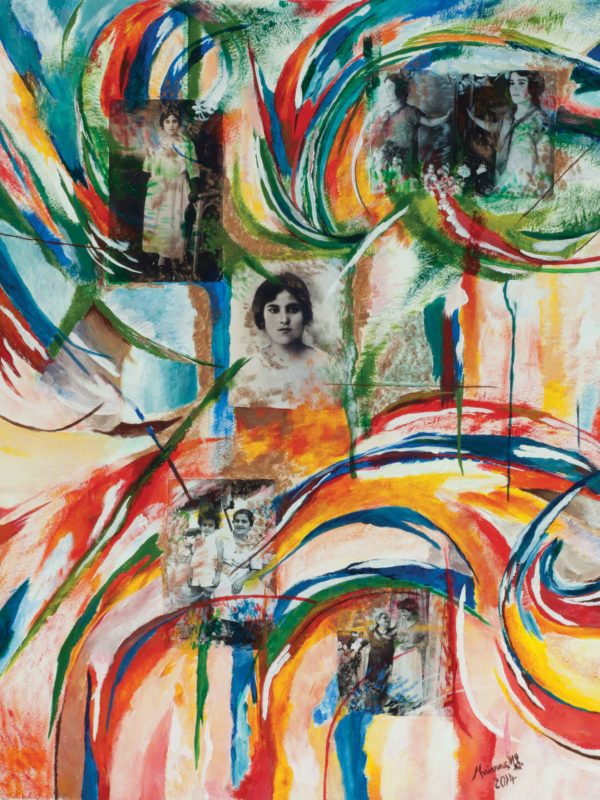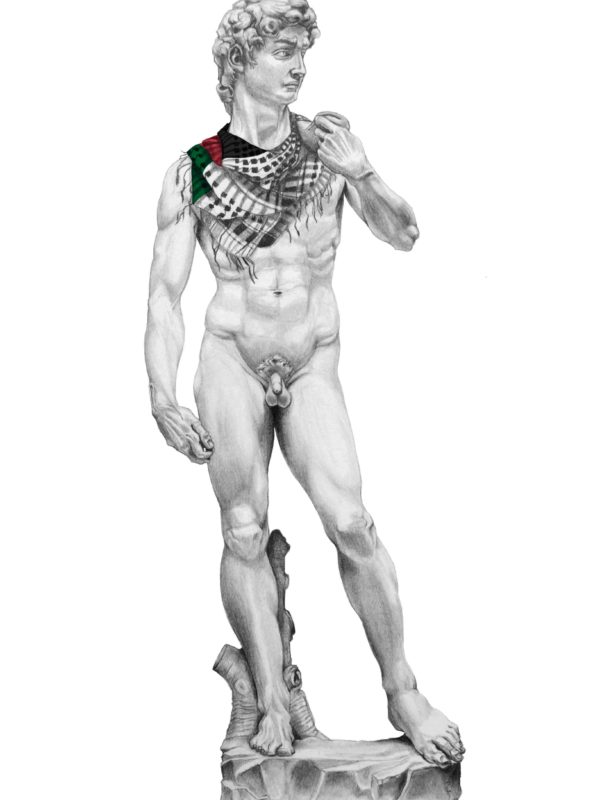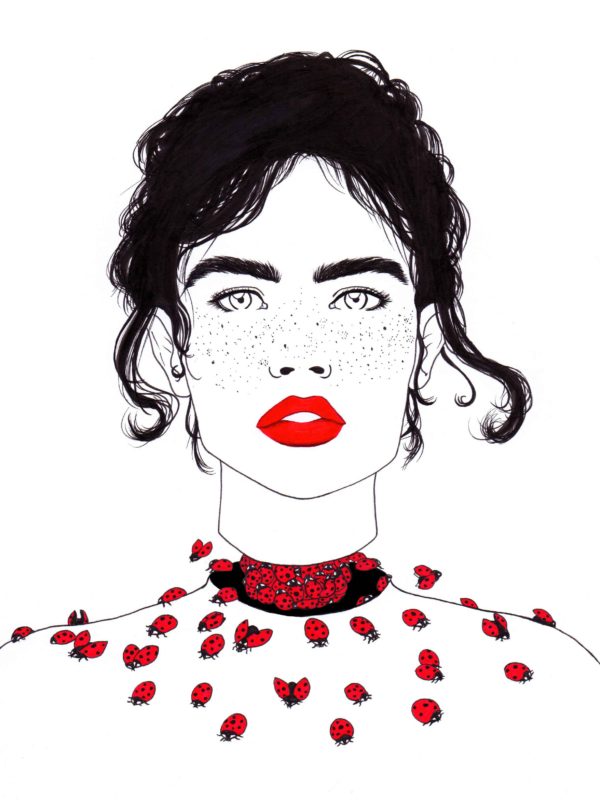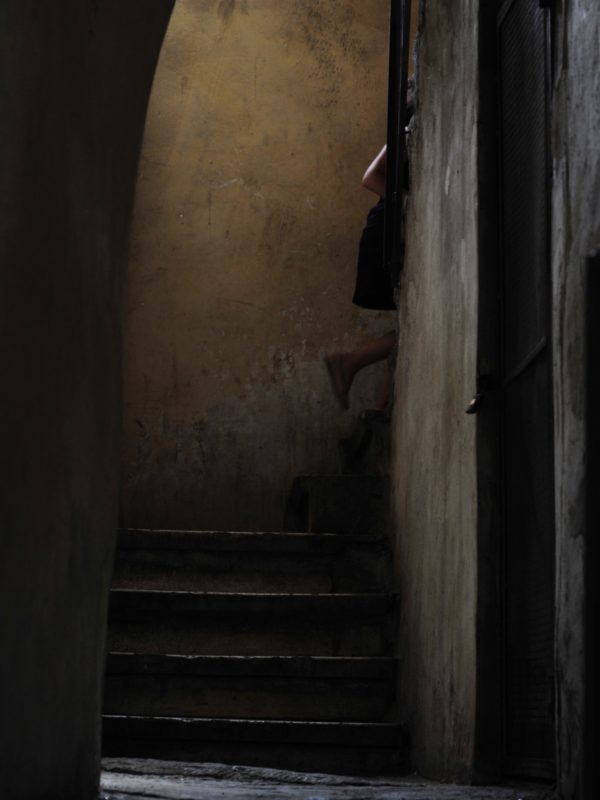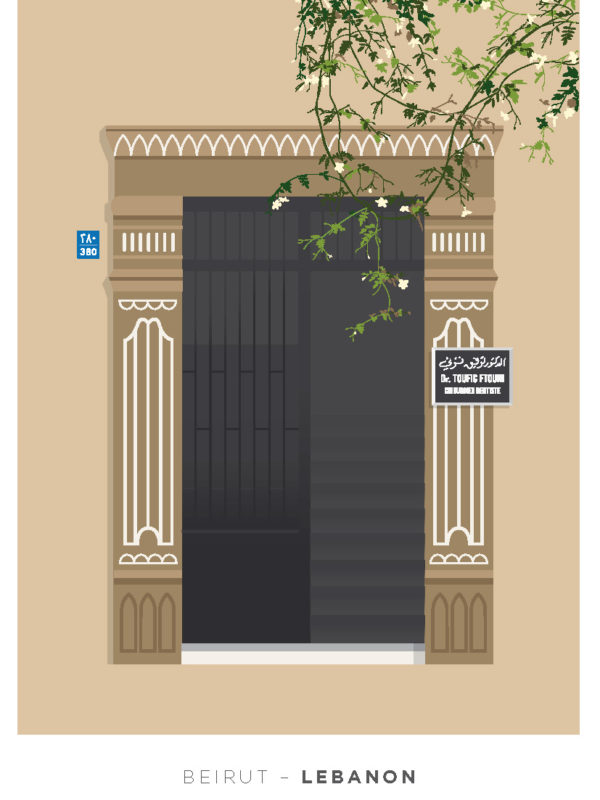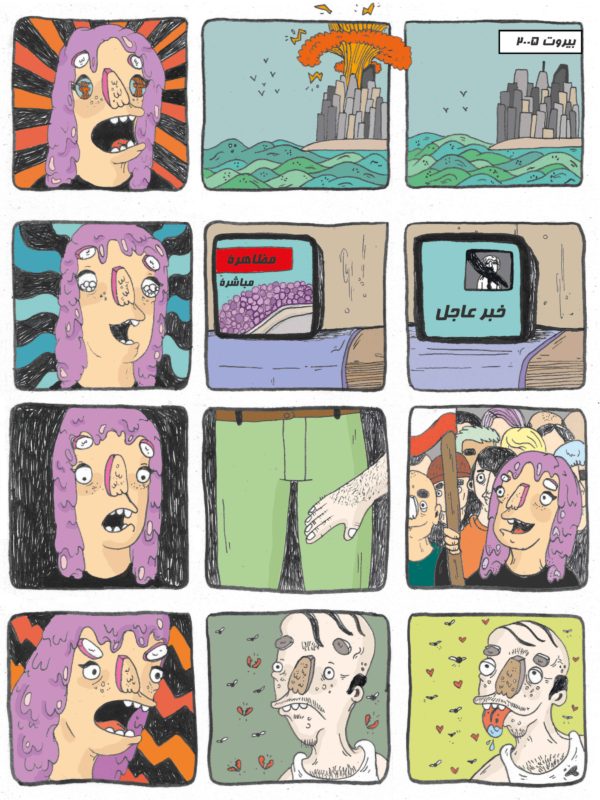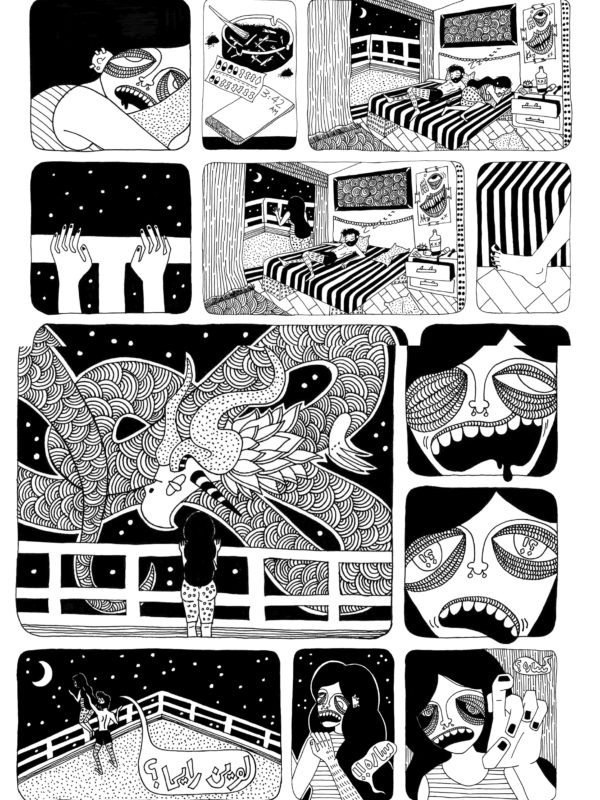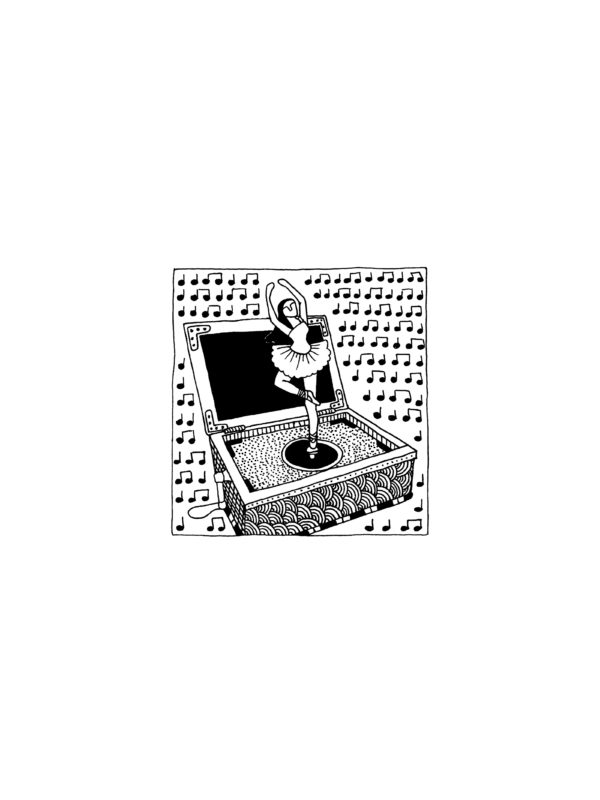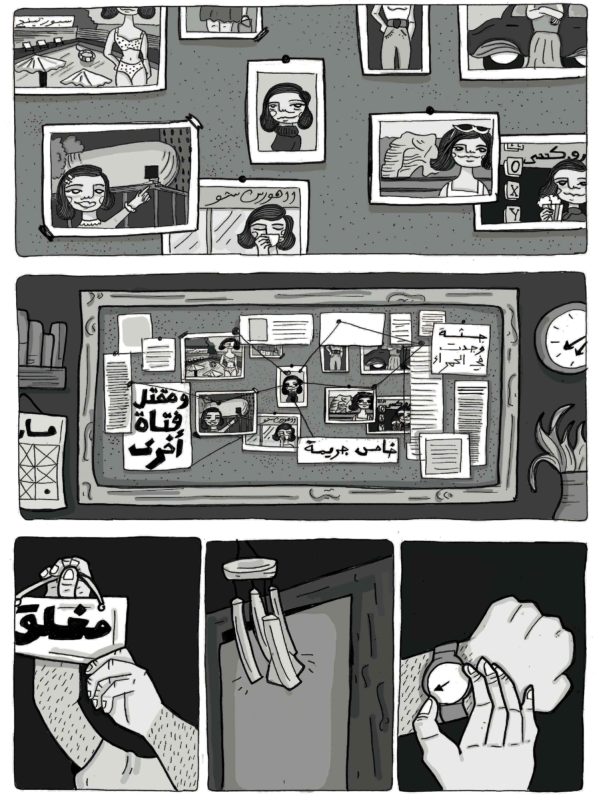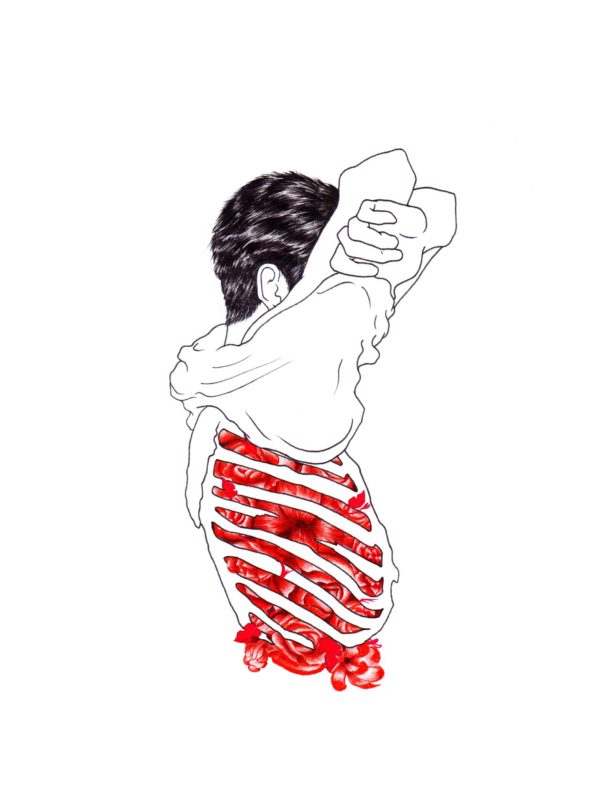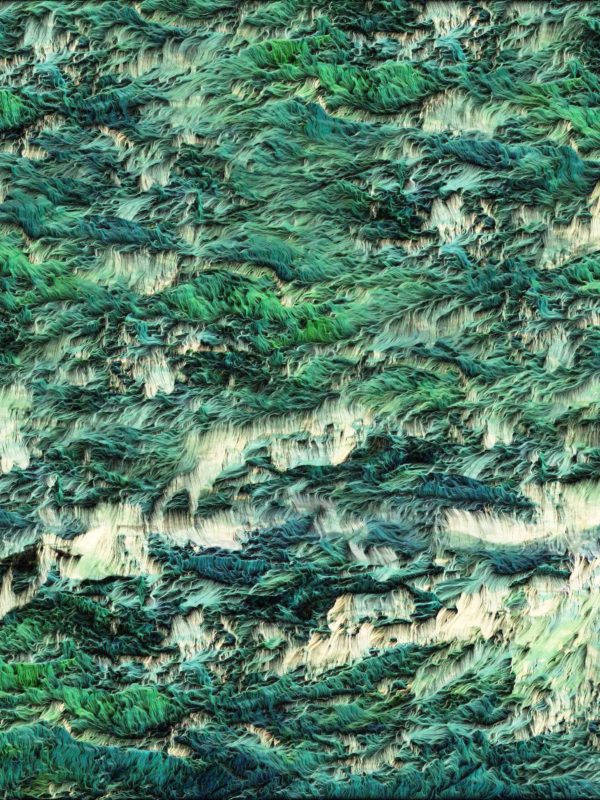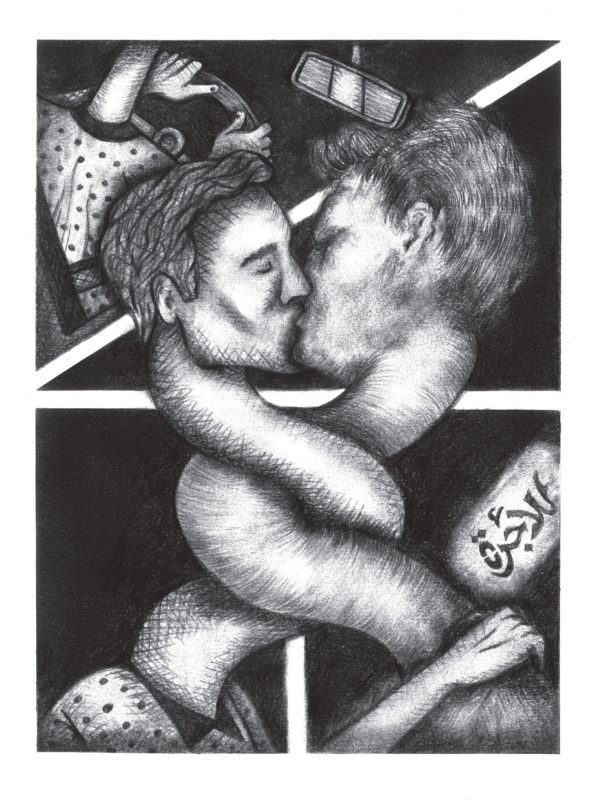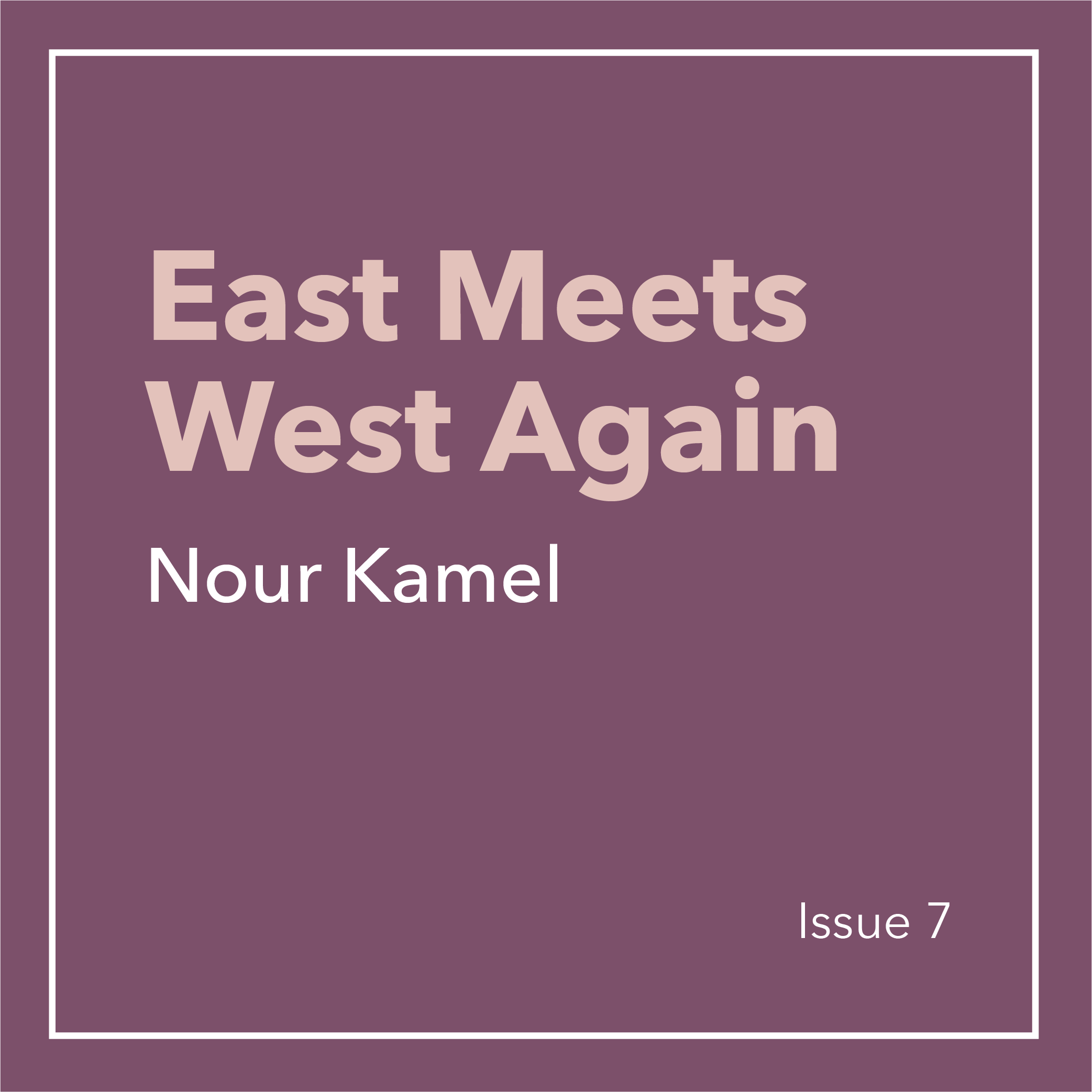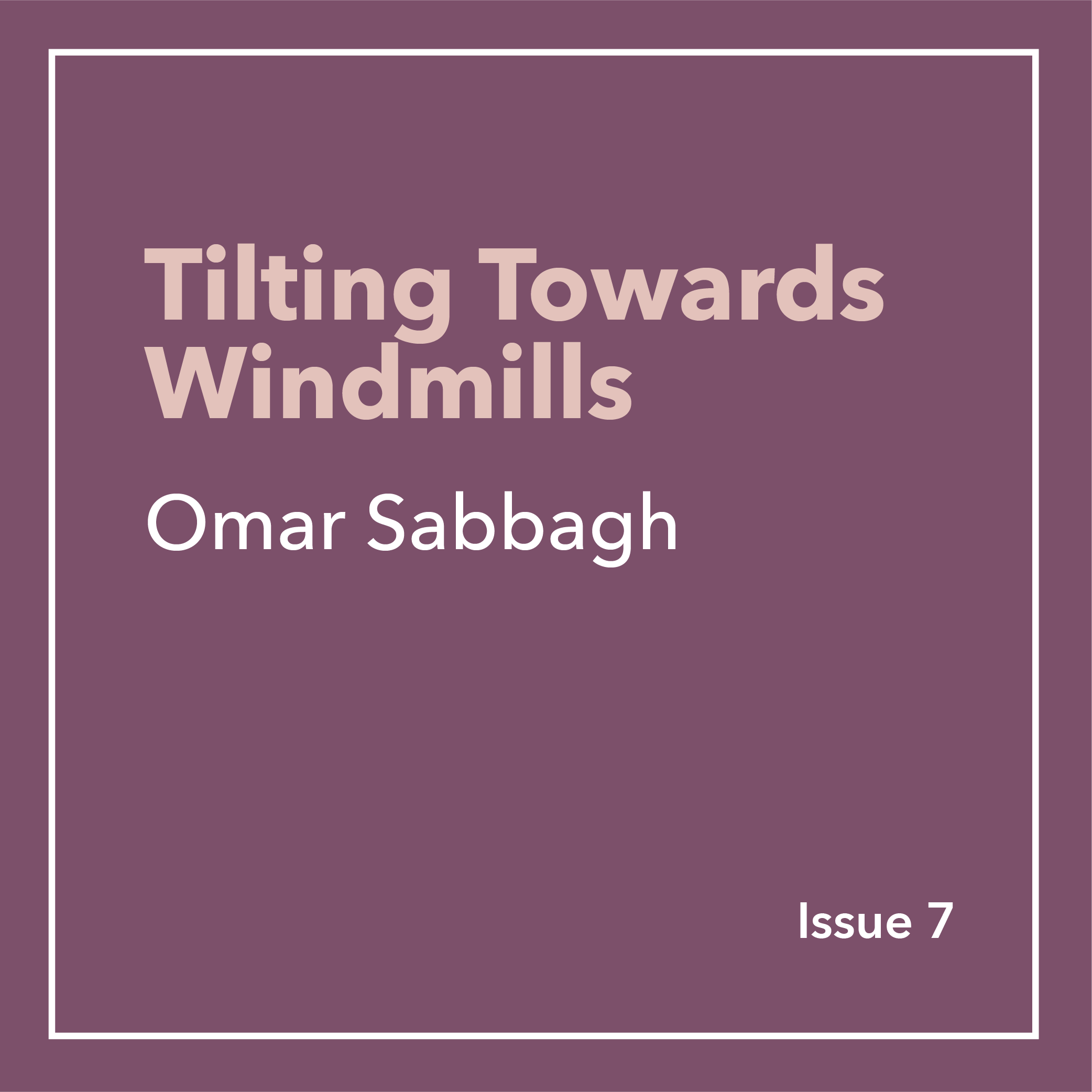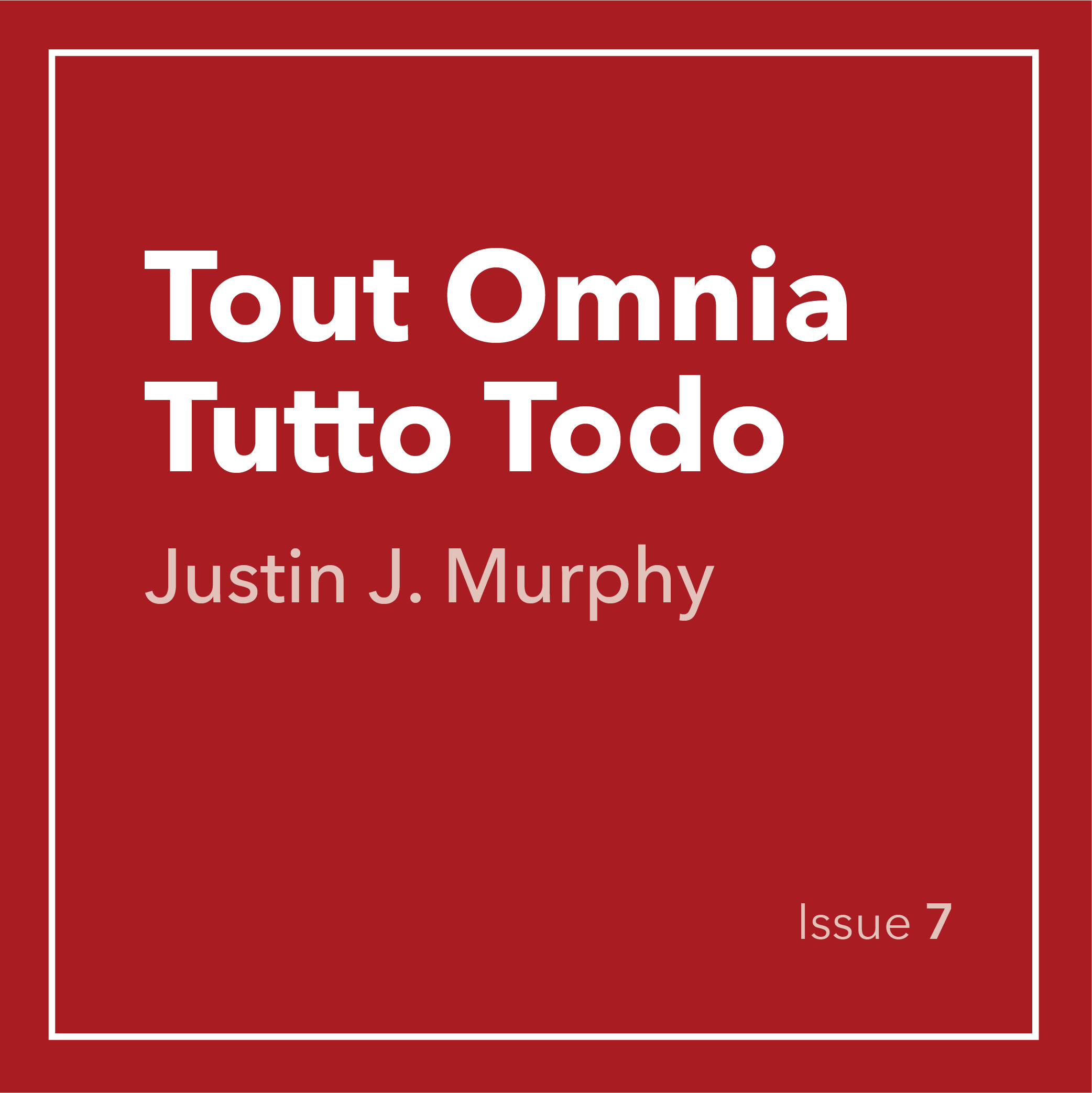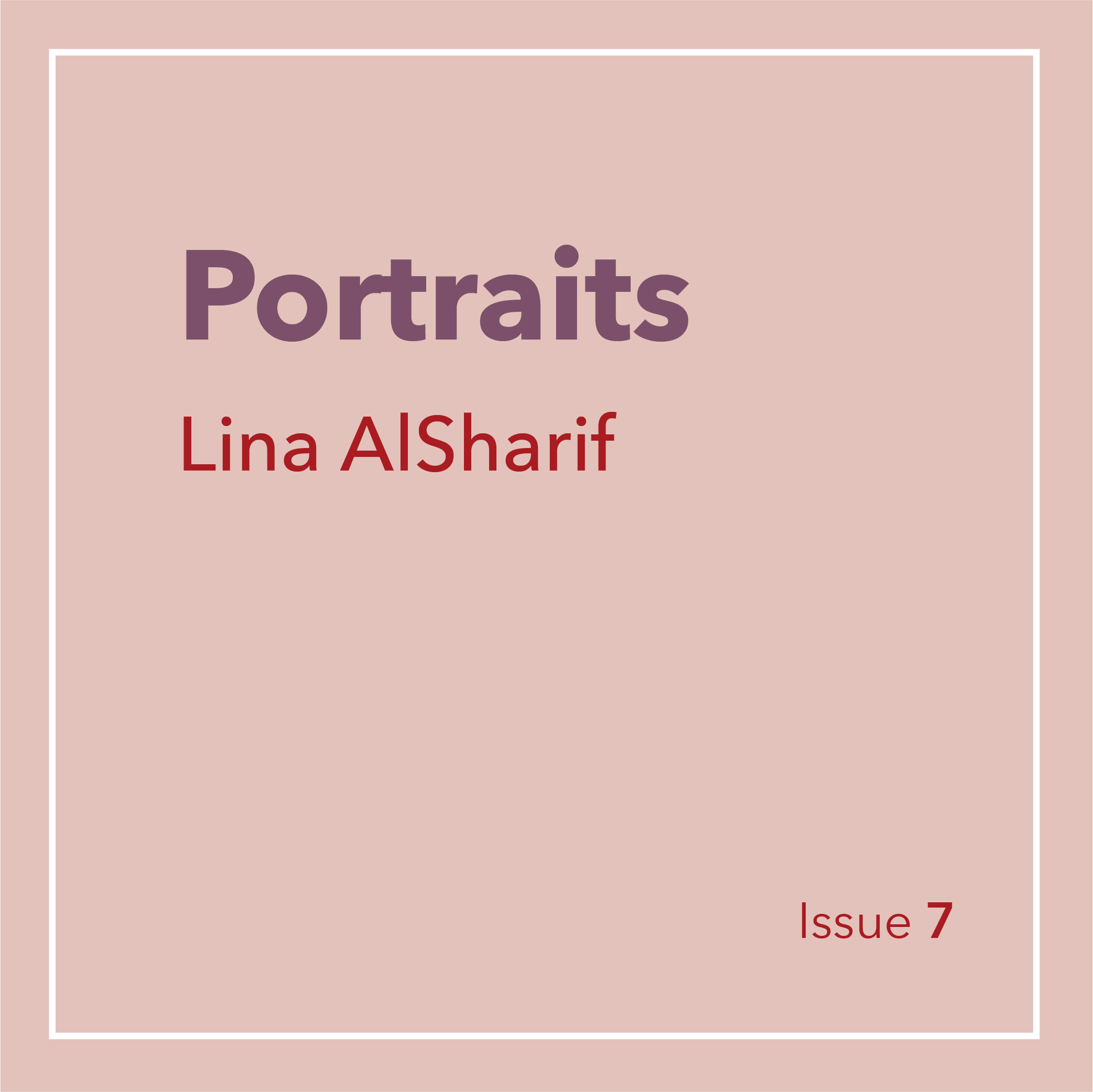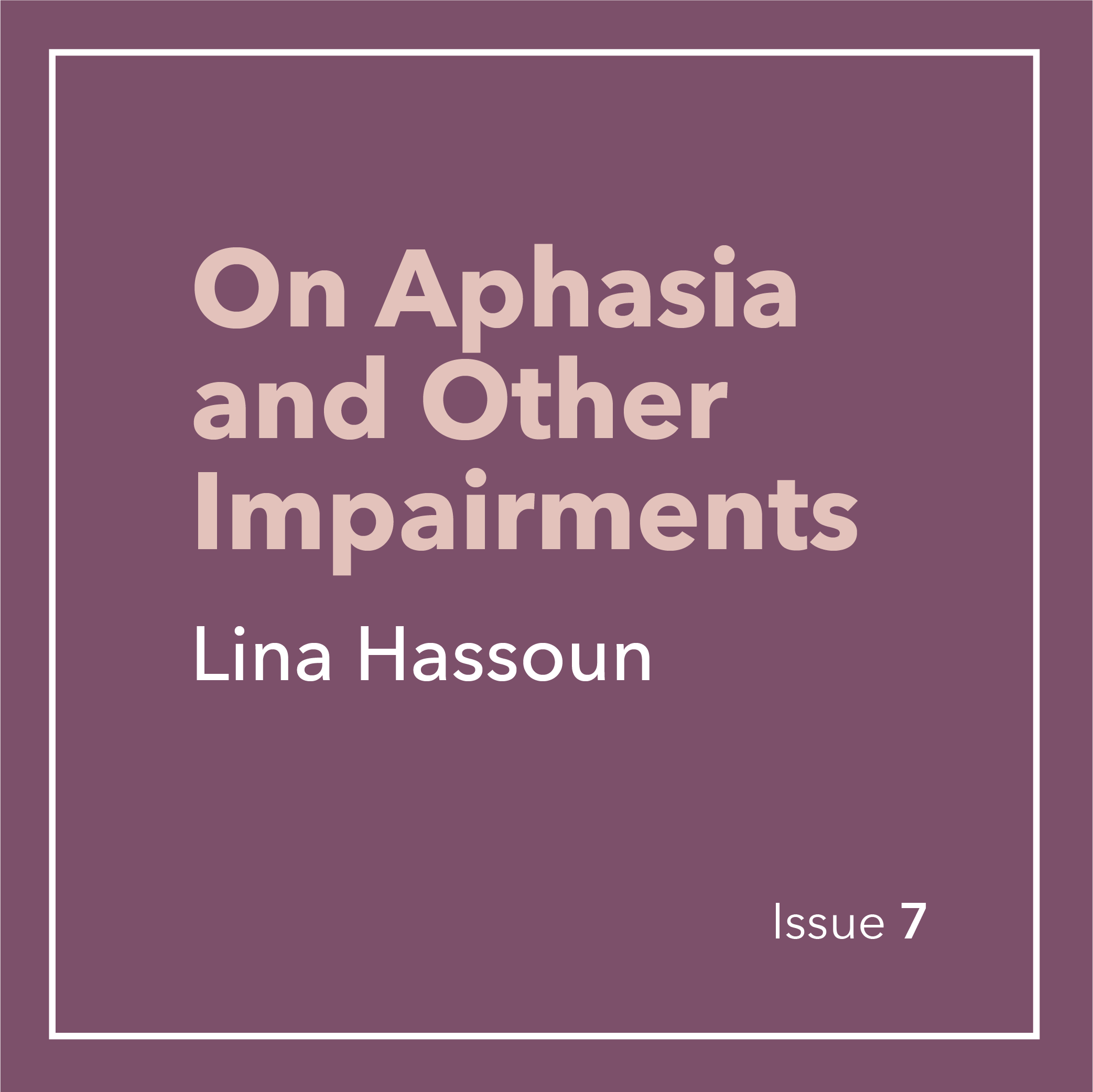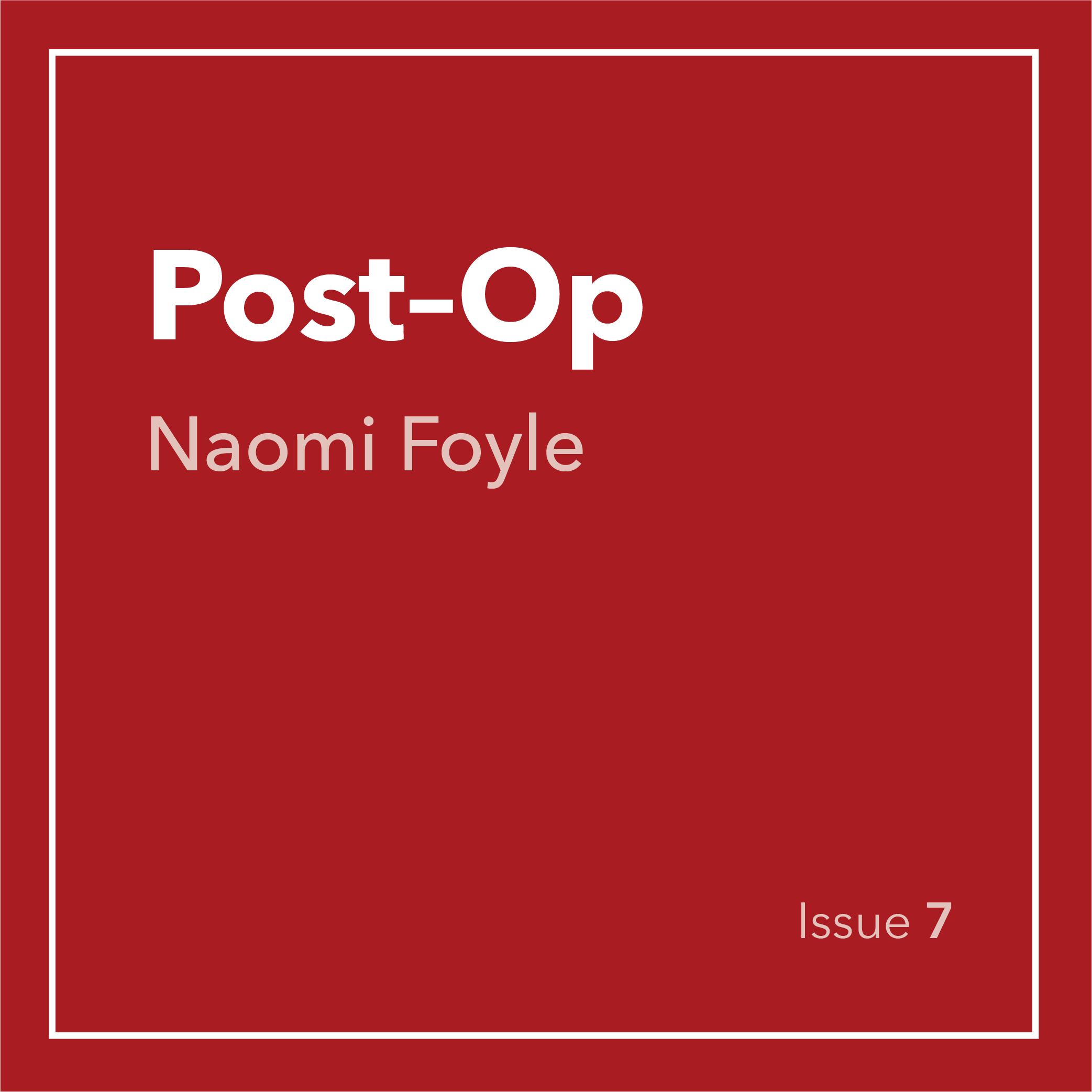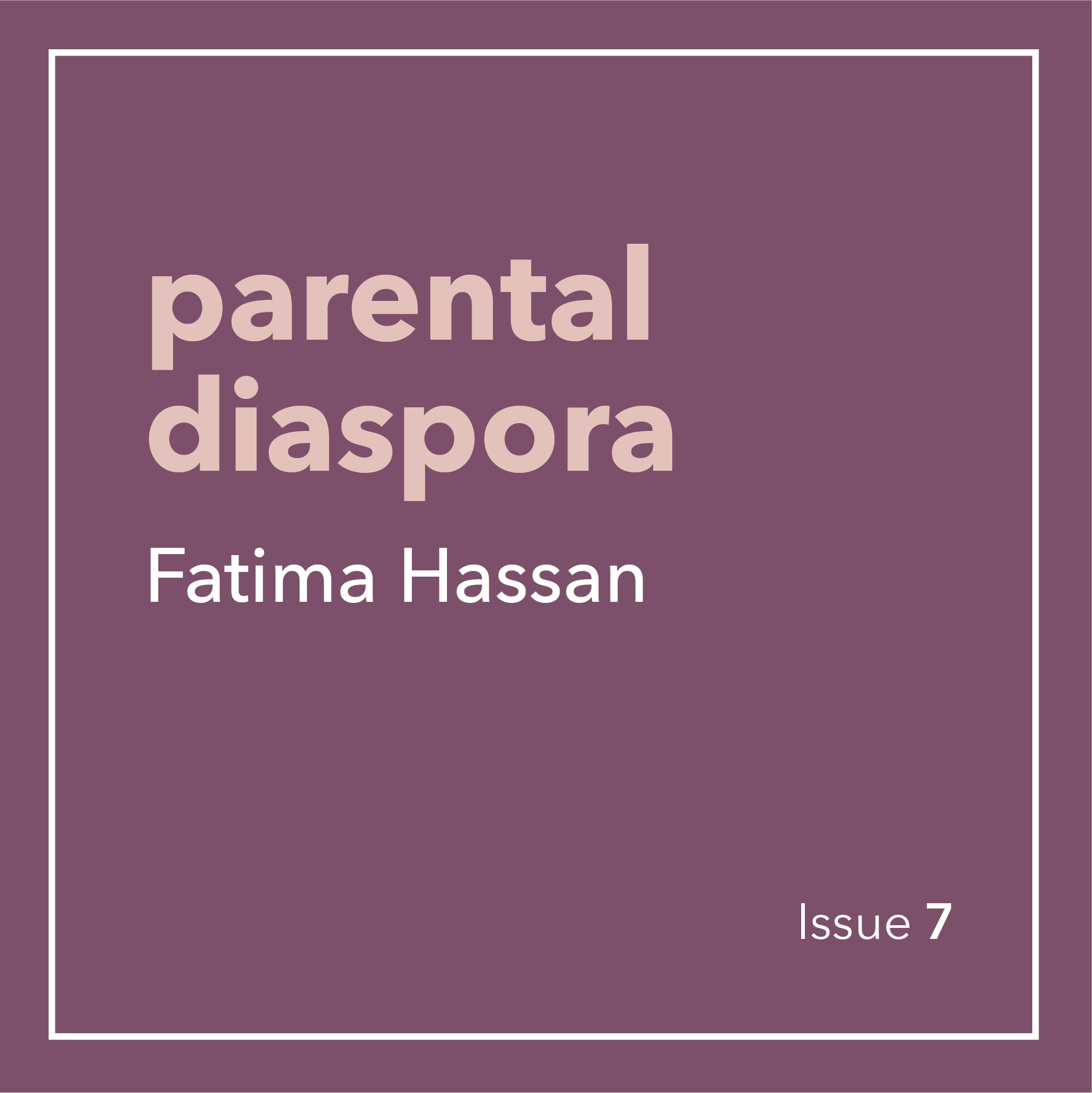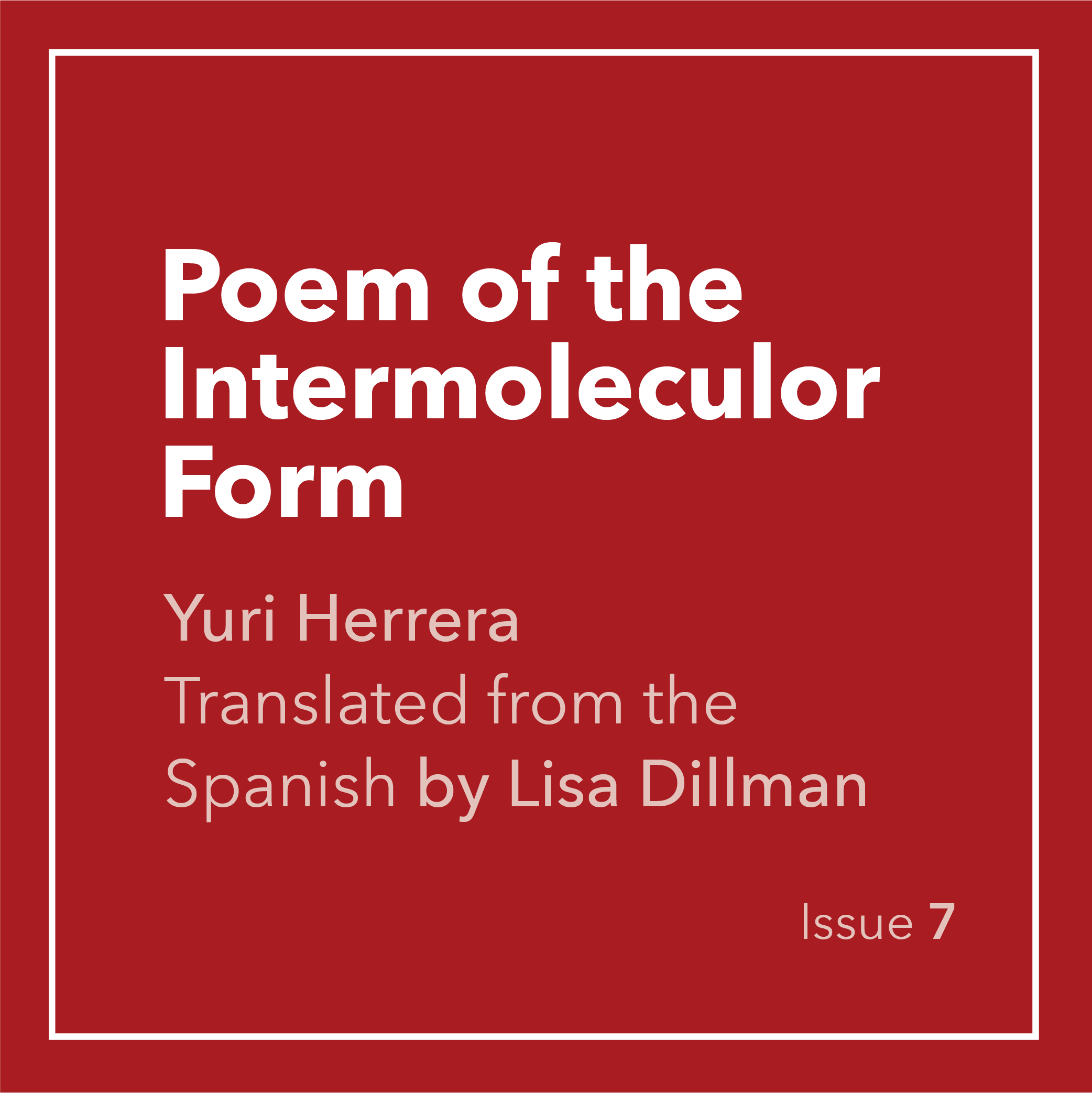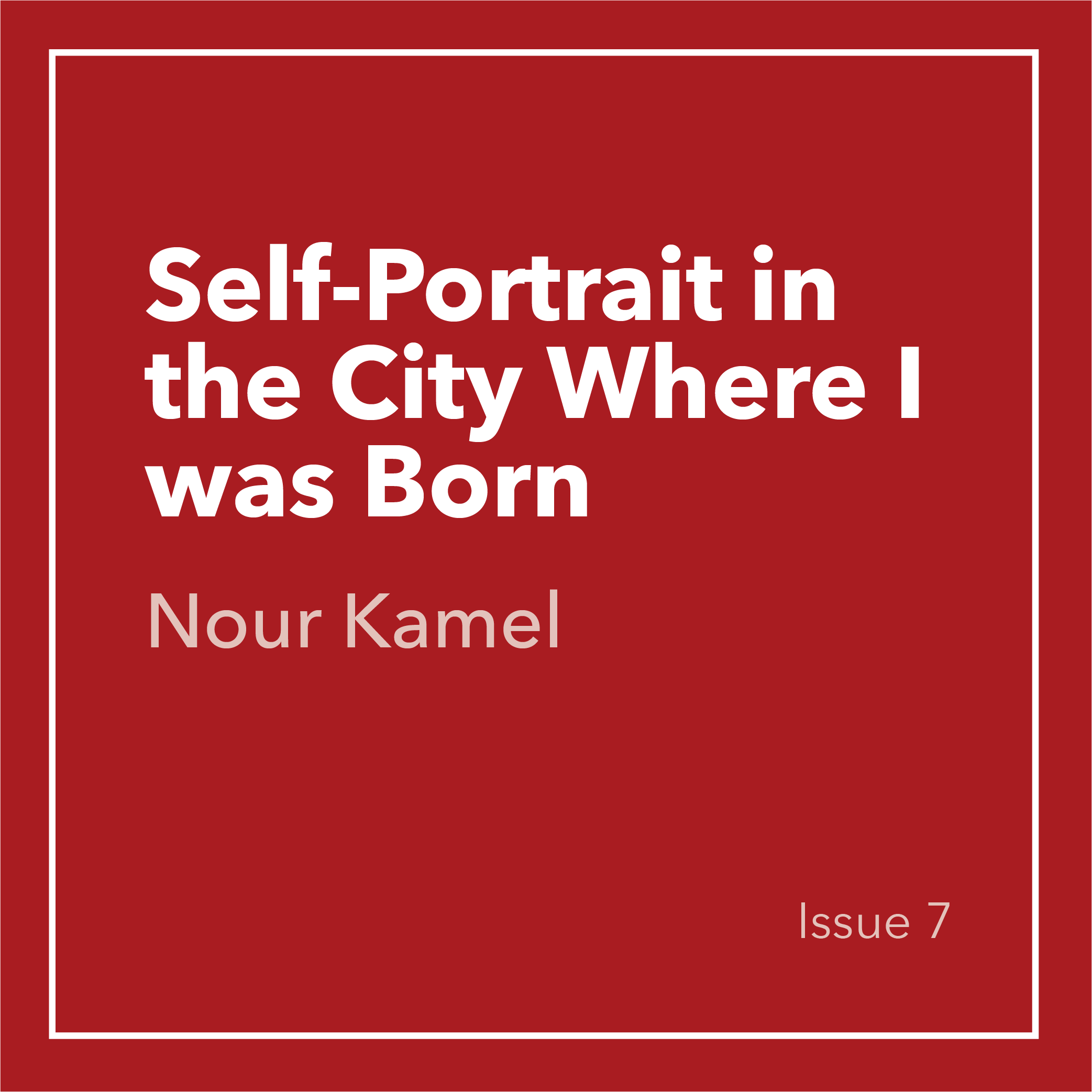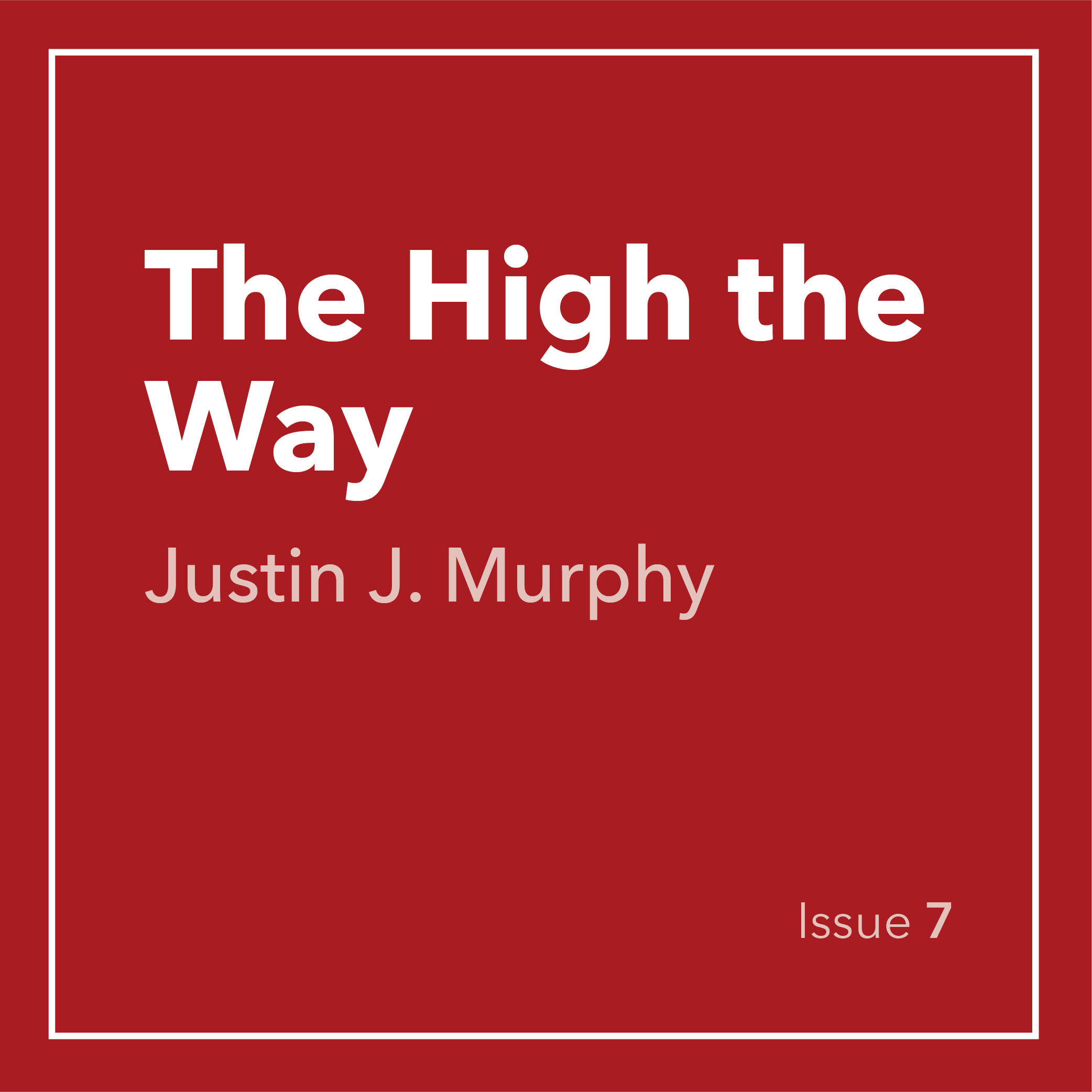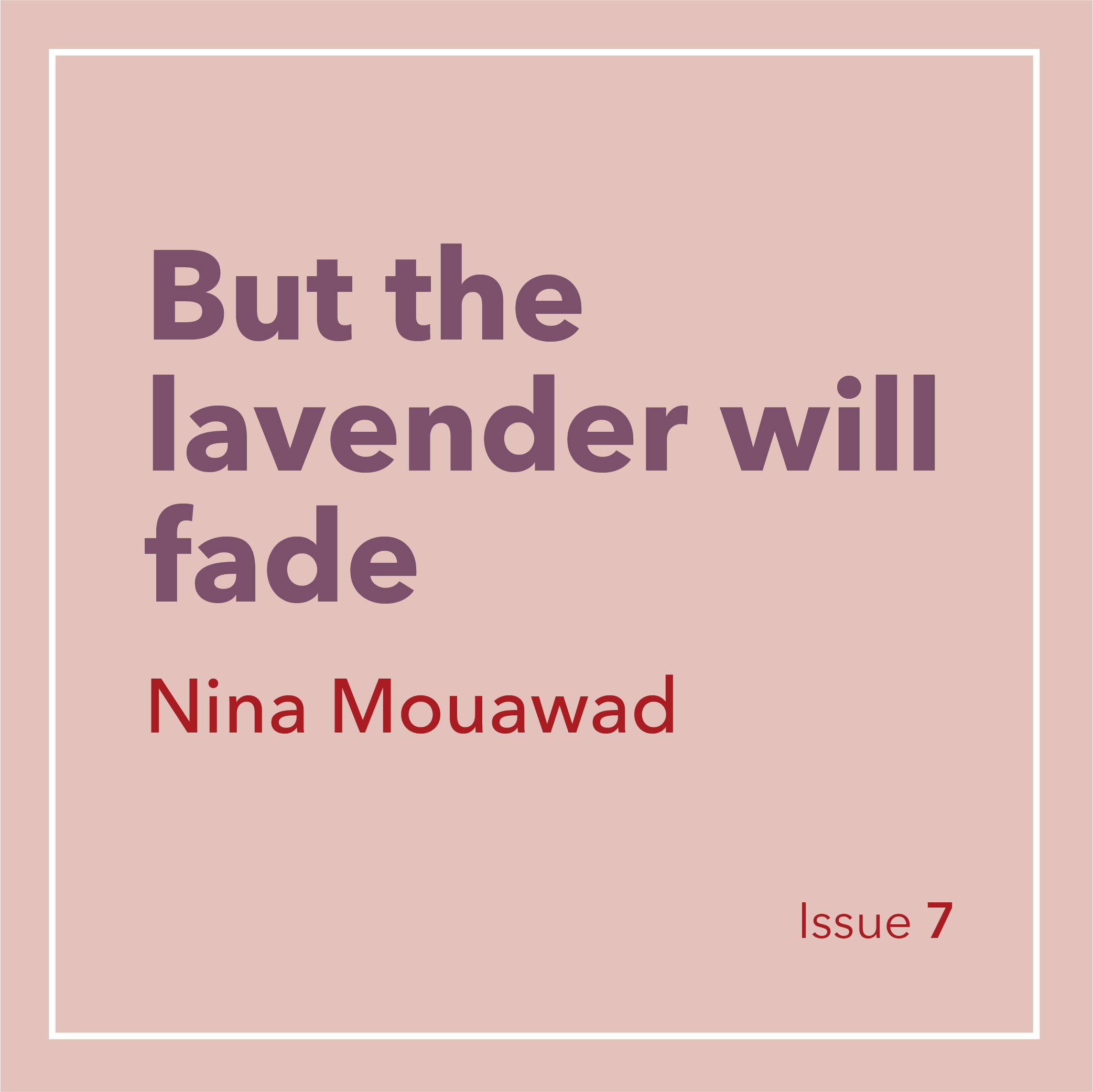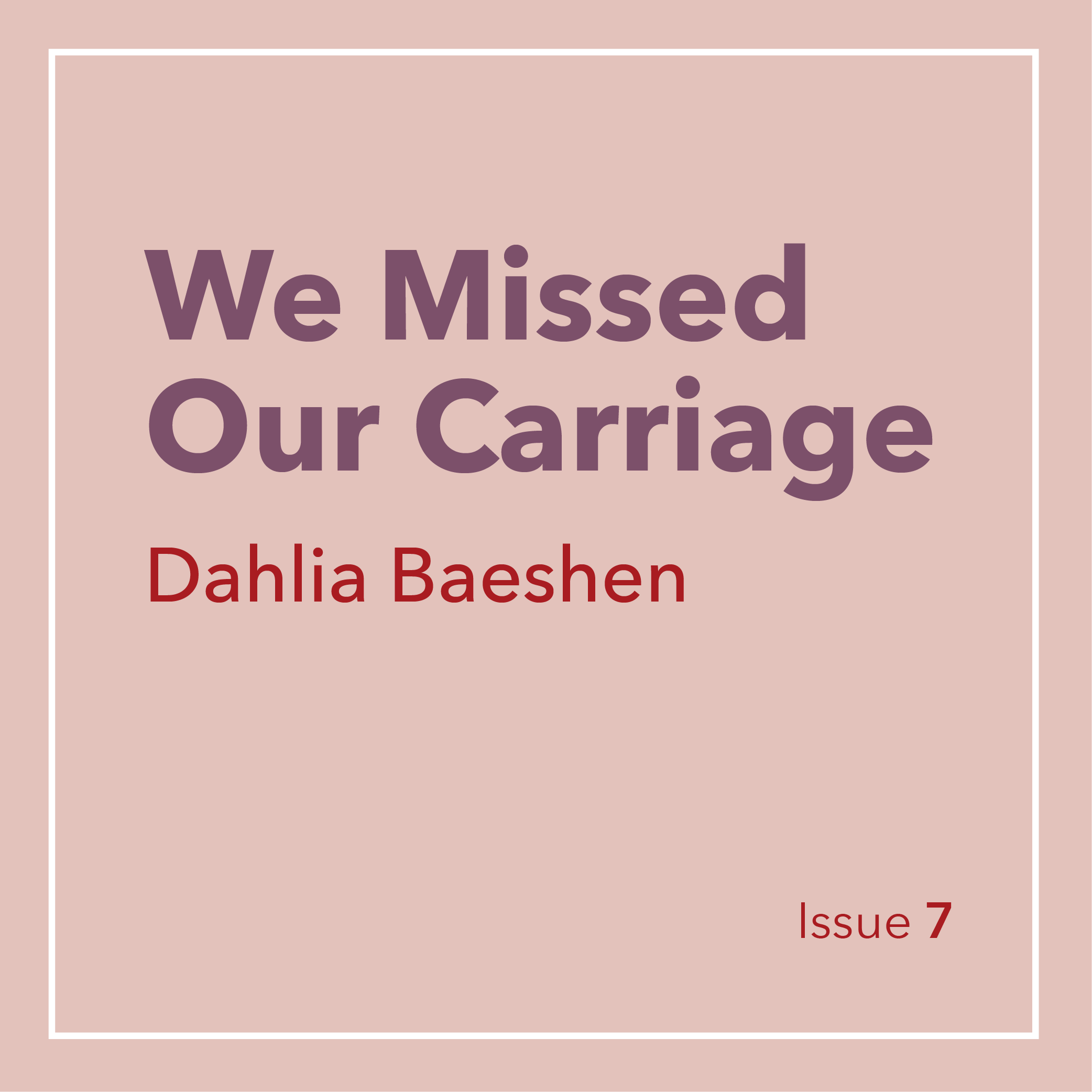Rima Rantisi | Editor’s Note
Soon today will become tomorrow, with no transition between. On the flights home, I’ll read a good chunk of The Hakawati, enjoying the way its present-day scenes in Beirut intertwine with past stories in the U.S. and fables from ancient kingdoms, reality infused with mythology, perspective with youth, the borders of time and space fluid, as borders everywhere should be.
— Michele Morano: “On the Luck and the Privilege of Travel”
I recently had the luxury to stay in a yurt just outside of Montpelier, Vermont. If you don’t know what a yurt is, like I didn’t, it’s the most comfortable way to live close to nature. It’s basically a glorified tent. The traditional yurt has been around for 3000 years, a dwelling place in Central Asia, often for nomads. It was a luxury for me because just one step out the door and I could lie under a globe of stars, and see nothing else. I floated in the darkness of the night, as if I were just another element of the galaxy. I live in Beirut, I have lived in Chicago. Above a city, a few stars may peek through. We can see Orion, but the smog, the din of artificial lights, concrete walls are barriers between us and the many layers of the galaxy, with which we seamlessly become one on a clear country night. If only the borders between the natural and manmade were always this fluid, what kinds of things could we imagine?
*
We founded the journal in 2012 with the intention of creating a space for both emerging and established writers who have a connection to Lebanon. Seven. Seven years of mining, editing, reading, and loving. Seven continents. Lucky seven. Over the years, we published diverse work from local artists and writers, bordering countries, the diaspora, and beyond. As we evolved, we opened the submissions to people connected to the MENA region, and published work from Pakistan, Egypt, Tunisia as well as local translations of Norwegian, French, and Syrian writers, amongst others. We do not insist on creating geographic borders for submissions, but we do acknowledge that Beirut’s revolving door of influences and cultures, its history, and its perch on the Mediterranean, are certainly factors at the heart of a unique convergence of voices.
*
We are proud that we do not censor the material that makes it to these pages. We are interested in demolishing the boundaries that we have inherited, that threaten the consistent work we do as artists and publishers, as humans, to say, here, look beneath the surface and your expectations, beyond your safety – there is more than you imagined, more than you knew. If something “crosses the line,” we ask, “Who drew that line?”
*
There’s something freeing about breaking beyond the borders of print publishing into the cyber-world, that alternate reality we constantly shift in and out of, a place where with one click you can share RR work with people who were previously unreachable. RR, however, will remain in print because readers crave the physical presence of bound pages strewn on a coffee table, on our beds, in between the clutter of our bags. The sharp smell when the issue arrives freshly inked in its shrink-wrap from the printers. We are thankful to the trees and to printing presses. In fact, science says that the very boundaries of the physical book allow our brains to digest what we read more coherently, as the complete space our reading minds navigate is right there in our hands, visible and tangible. But the Internet has changed the face of literary publishing in that reading a poem written by an American living in Paris and translated by a Beiruti is largely made possible by the Web.
*
We don’t only have a new home on the Internet, but this issue is home to all sorts of new material, in part thanks to two new faculty editors, Rana Issa (Translation and Arabic Editor) and Lina Ghaibeh (Graphic Narratives Editor). This issue features translations by our 2017-18 Tarjamat series guests including Humphrey Davies, Suneela Mubayi, and Lisa Dillman. As well as a few works in Arabic by emerging writers Hamza Shamas and Sara Safieddine. Also as a result of RR’s Tarjamat collaboration, this issue features an essay by best American essays writer Michele Morano. Thanks to Lina Ghaibeh, director of the Arab Comics Initiative at AUB, graphic narrative has come to life on our pages, all of which have been written and created by talented AUB students or alumni including Stephany Madi, Chantal Kassarjian, Sami Karam, Ayla Mourtada, and Sarah Saroufim.You will find two interesting works of literary journalism by recent AUB graduates, Mariam Shour and Lynn Sheikh Moussa, which were produced in the Spring 2018 course, “Narratives of the Ordinary.”
Many of the poems playfully wind in form and address sexual and gender identity, geography, politics, and the states preceding and proceeding illness. You will find poetry by emerging writers Dahlia Baeshen, Lina Hassoun, and Nour Kamel as well as established writers such as Marilyn Hacker, Omar Sabbagh, and Lina AlSharif. Andrea Haidar’s and Ali Akkawi’s prose pieces offer perspectives of the Arab diaspora on themes of illness, time, memory, and death. On a relationship with a fellow immigrant from the old country, Akkawi writes, “He and I were from neighboring villages, the only real source of our bond. But far away from our own country, as we were, in another country not ours, you come to call this sort of thing friendship. Otherwise, what was there to bring a pair of men as different as the two of us together?”
As always, we are thrilled to have such an eclectic bunch of artwork in this issue. From Maria Kassab’s analog collage work to Maya Alameddine’s photography to Matteo Mauro’s algorithmic art to Lara Atallah’s artistic polaroids to Shogh Ian’s digital art and more, the viewer is ushered past all normal signs of what we perceive as “real.” The art pieces here are a testament to the unlimited beauty the world stores, and that artists can reveal. A selection of the artworks in this issue were exhibited at the Sharjah Art Foundation’s art book fair FOCAL POINT. Finally, when you reach “Photosynthesis,” our drama editor, Milia Ayache, asks you to “be like a plant: patient, resilient, and silent.” Esther Neitzel and Paul Spera “experiment with humans as plants listening to a stone’s bedtime story about the ravages of colonialism. At least plants and humans can die. Stones live for eternity remembering their homes, unable to die, and unable to return.”
*
You will find elements of the natural world on the pages of this issue: cats, horses, stone, redwoods, birds, woodpeckers, ladybugs, the sea, whales, plants, and planets. They are interwoven between themes of belonging, illness, memory, gender, exile, lust, relationships. They criss-cross into each other fluidly, seamlessly, past the expected. Art, like nature, does what it wants.




